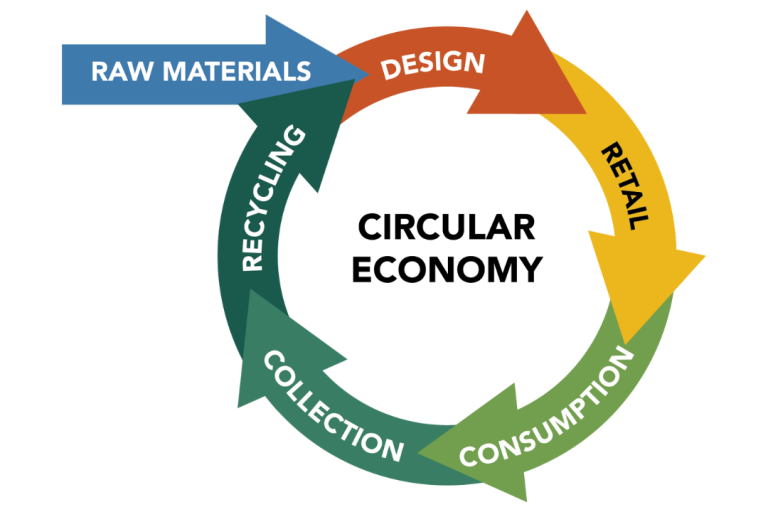Reduce our greenhouse gas emissions and contribute to achieving net zero by 2050
Circular economy
The best way to reduce the impact of waste is to move towards a circular economy. This is where our finite resources are conserved and used efficiently.
In a circular economy, products are designed to be durable and easy to repair. This encourages and enables individuals to use products for as long as possible. Products should be designed to be recycled when they can no longer be reused or repaired. The move to a circular economy can also deliver opportunities for green growth and jobs.
To achieve the vision of the Waste Strategy for Essex, moving to a circular economy is one of the four priorities.
We have committed to:
- lobby government and work with businesses to reduce packaging and improve repair services
- encourage the growth of green businesses to find innovative solutions to deal with waste
- include the circular economy in council strategies, policies and service design
- apply the principles of the circular economy in how we buy goods and services
- design waste services that increase closed-loop recycling
- support communities to reduce their waste and reuse and repair more through education and services

